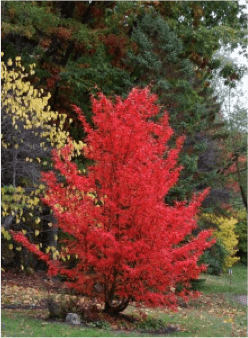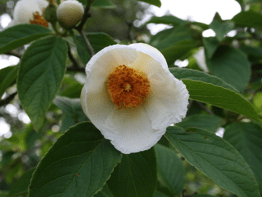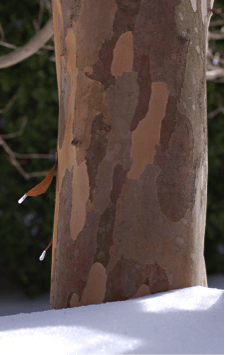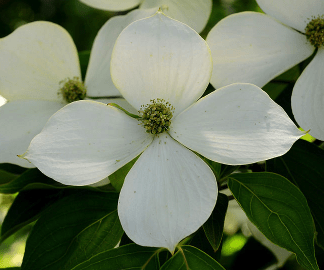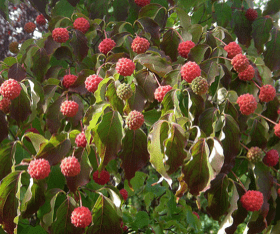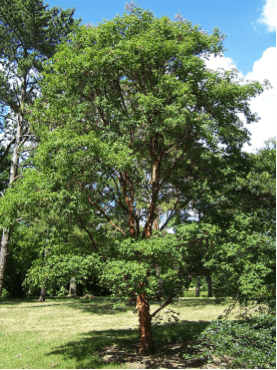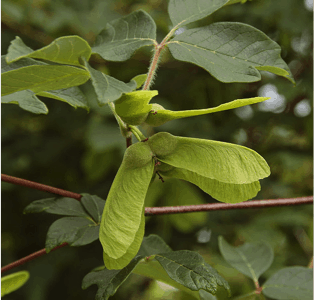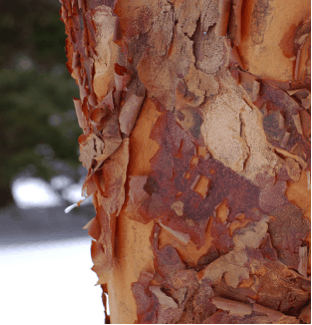Adding a tree to your landscape doesn’t necessarily have to mean planting a skyscraper that towers over everything. There are a vast variety of small trees that can make a big difference by adding color, texture, and height to the existing layout. Here are a few of our favorites:
| Stewartia pseudocamellia: Stewartia is a small, multi-stemmed tree, that adds interest to your yard year-round. In the spring, when the tree first blooms, the serrated leaves are a lovely purple/bronze color. All summer long, you can look forward to deep green foliage that is complimented by beautiful white flowers. The flowers last until fall when they turn into brown, pointed seedbeds, and the leaves change to a spectacular reddish-orange color. For added interest, the bark displays colors of gray, orange, and reddish-brown all year. |
| Cornus kousa: Commonly known as the Flowering Dogwood, this small tree adds color to your garden throughout each of the seasons. The oval, pointed leaves are dark green, and in the late spring, white flowers emerge. These flowers are unique in that they have four pointy petals surrounding a greenish center. In the summer, the flowers change to small pinkish-red fruits that last until fall. The leaves then turn to a beautiful deep reddish-purple in the autumn. |
| Acer griseum: This unique and interesting tree is frequently called ‘Paperbark Maple’. The reason for this name is the ornamental bark on the trunk and limbs. It peels back and forms large curls that remain on the tree, giving it a distinctive texture that creates contrast between the peeling reddish-cinnamon colored bark and the brownish-tan colored inner bark. In the spring and summer, this tree’s leaves are green on top, but gray and wooly on the underside. Fall color varies from shades of orange, red, and bronze. Tiny yellowing flowers bloom in April to early May in clusters, then give way to winged samaras. |
